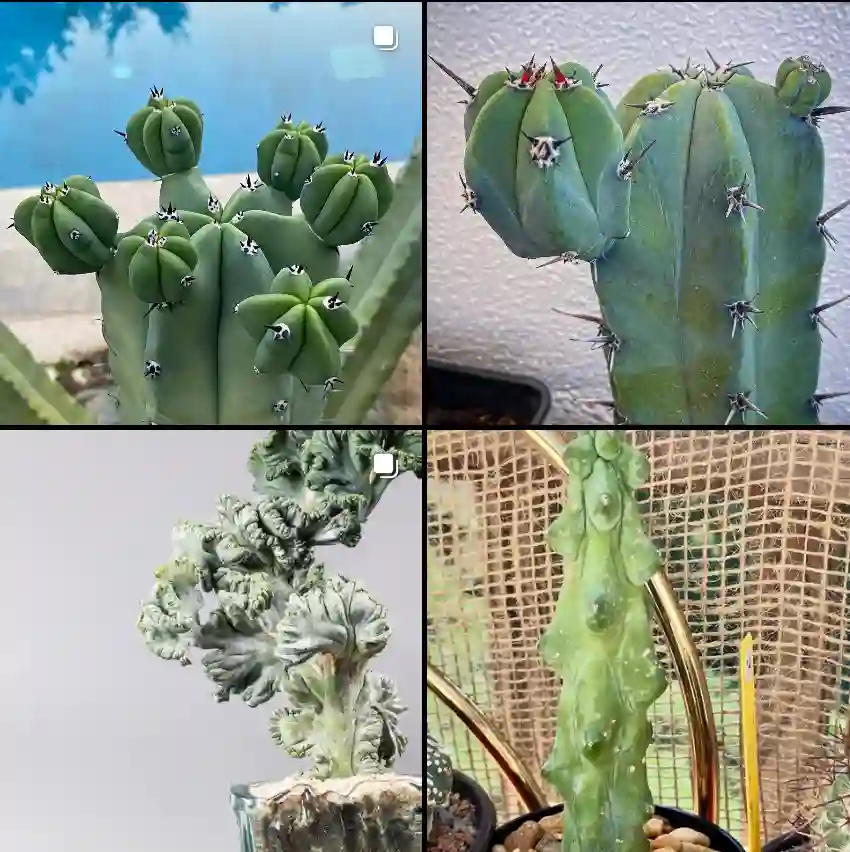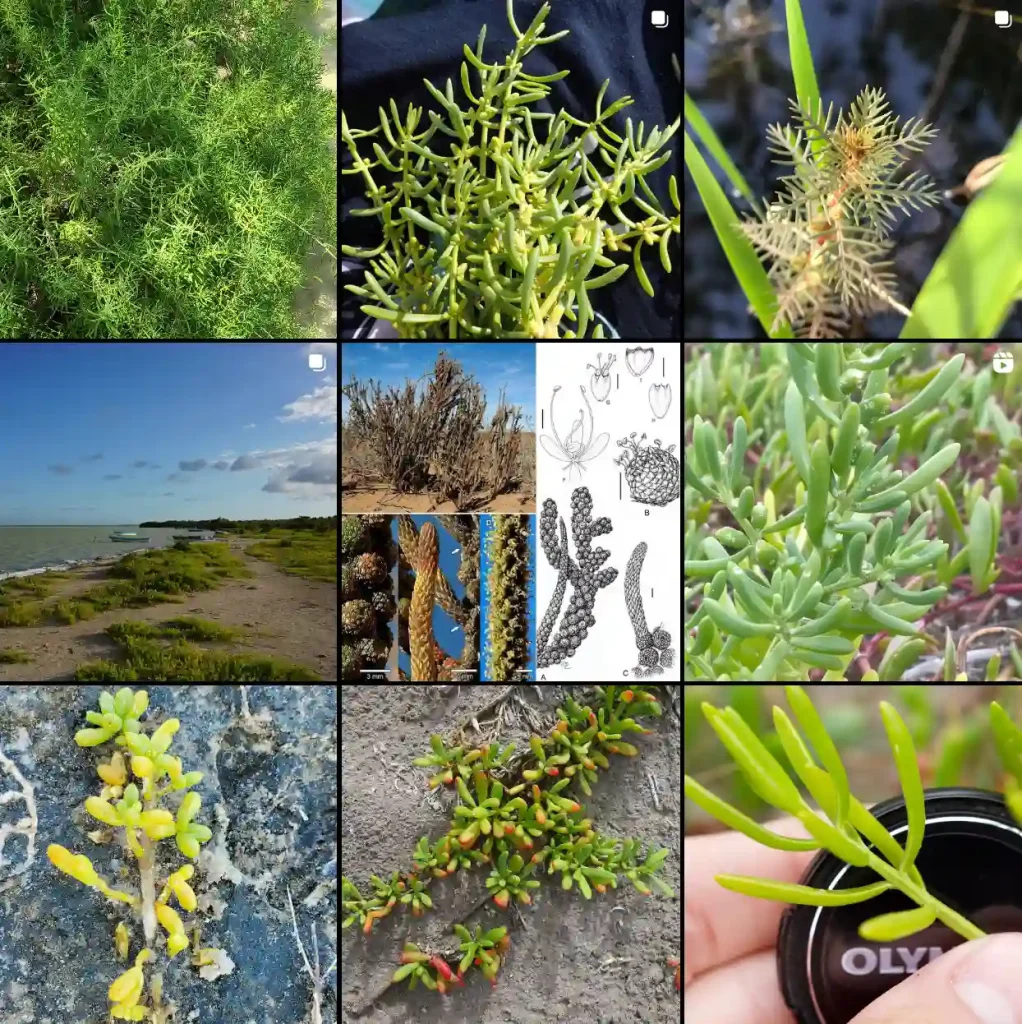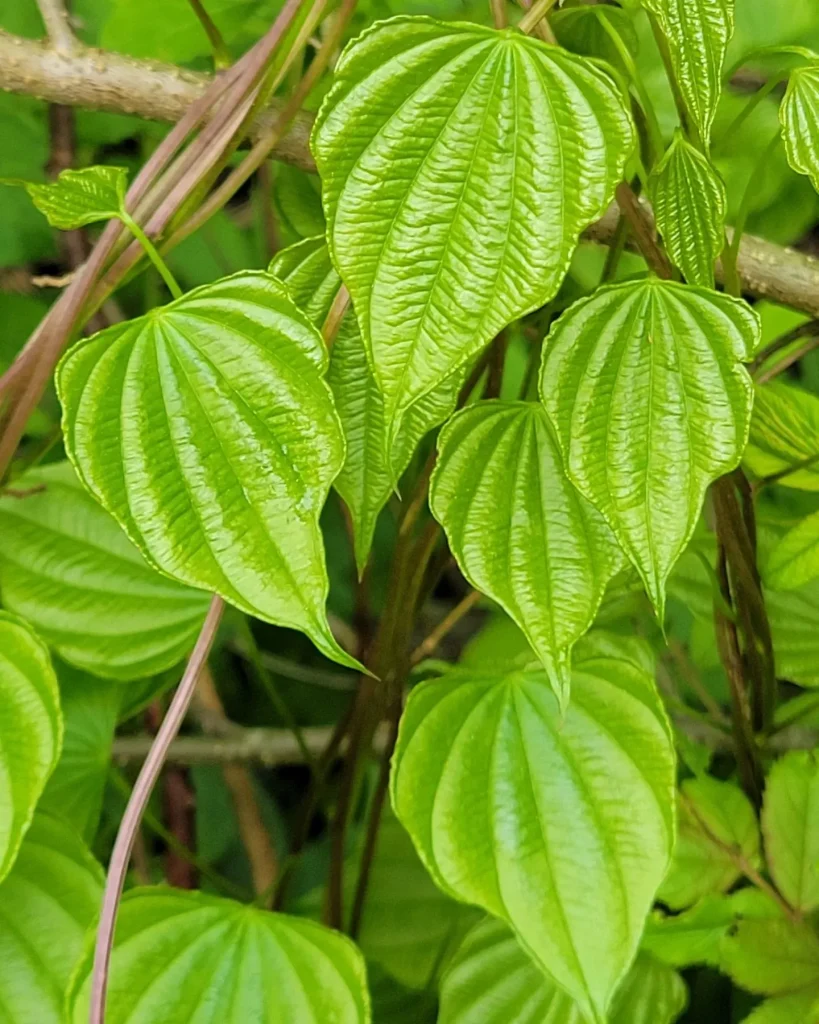Exploring the Lindsaeaceae Family: My Journey into the World of Ferns
As an avid plant enthusiast, my journey into the world of ferns has been both enlightening and rewarding. Among the many fascinating families of ferns, the Lindsaeaceae family stands out for its unique characteristics and diverse genera. This family includes several interesting genera, each with its own distinctive traits and growing habits. Let me take you through my exploration of the Lindsaeaceae family and introduce you to its key members: Lindsaea, × Lindsaeosoria, Nesolindsaea, Odontosoria, Osmolindsaea, Sphenomeris, and Tapeinidium.
Understanding the Lindsaeaceae Family
The Lindsaeaceae family is a group of ferns predominantly found in tropical and subtropical regions. These ferns are known for their varied leaf shapes and structures, which often include intricate patterns. One of the most captivating aspects of the Lindsaeaceae family is its adaptability; many species can thrive in various conditions, making them popular among plant collectors and enthusiasts.
Lindsaea: The Heart of the Family
Lindsaea is the most well-known genus within the Lindsaeaceae family. As I delved into this genus, I discovered that it encompasses a variety of species, each with its own unique features. One of my favorites is Lindsaea acuminata, known for its slender, elongated fronds that gracefully arch outward. The lush green color of the leaves adds a refreshing touch to any space.
When caring for Lindsaea, I found that they prefer a humid environment with indirect light. Regular misting helps replicate their natural habitat, allowing them to flourish. The delicate appearance of their fronds can be deceiving; these ferns are surprisingly resilient and can tolerate some neglect, making them an excellent choice for both beginners and seasoned plant enthusiasts.
× Lindsaeosoria: The Hybrid Marvel
Among the genera, × Lindsaeosoria is particularly intriguing as it represents hybrid ferns. Hybrids often exhibit unique characteristics inherited from their parent species. In my experience, hybrid ferns tend to showcase a blend of the best traits, making them visually appealing and adaptable.
× Lindsaeosoria combines features from different genera, resulting in fronds that display a captivating array of shapes and colors. I’ve found these hybrids to be a delightful addition to my collection, providing a wonderful conversation piece for visitors. The beauty of these hybrids lies in their unpredictability; each plant is a testament to the diversity of the Lindsaeaceae family.
Nesolindsaea: A Unique Addition
Nesolindsaea is another fascinating genus within the Lindsaeaceae family. With its distinctive growth patterns, Nesolindsaea species often thrive in damp, shaded environments. I remember discovering Nesolindsaea longifolia during a visit to a botanical garden. Its long, slender leaves create a striking silhouette that immediately caught my attention.
What sets Nesolindsaea apart is its ability to adapt to different light conditions. While it flourishes in low-light environments, I’ve successfully grown it in brighter spots, albeit with some adjustments in watering frequency. The key is to monitor the humidity levels, as these ferns thrive in moist conditions.
Odontosoria: An Eye-Catching Fern
When exploring the Lindsaeaceae family, I was particularly drawn to Odontosoria. This genus features species that often have a distinctive, serrated leaf margin, adding texture to the overall appearance of the plant. One species that captivated me was Odontosoria chinensis. Its lush, green fronds and unique leaf structure make it a standout in any collection.
In my experience, Odontosoria species are relatively easy to care for. They prefer slightly acidic soil and benefit from regular fertilization during the growing season. As I incorporated these ferns into my collection, I appreciated how they added depth and visual interest to my displays.
Osmolindsaea: The Resilient Beauty
Osmolindsaea is another noteworthy genus within the Lindsaeaceae family. Known for their robust growth and striking foliage, Osmolindsaea species are perfect for those seeking low-maintenance plants. I discovered Osmolindsaea pectinata during my search for hardy ferns, and it quickly became one of my favorites.
These ferns thrive in various conditions, making them adaptable companions. They can tolerate fluctuations in humidity and light, which has made them a staple in my indoor garden. Their resilience allows me to enjoy their beauty without constant worry.
Sphenomeris: A Lesser-Known Gem
While Sphenomeris might not be as widely recognized as some other genera, I found it to be a hidden gem within the Lindsaeaceae family. The unique morphology of its fronds adds an element of intrigue to any fern collection. I remember stumbling upon Sphenomeris chinensis at a local nursery, and its distinctive shape immediately drew me in.
Caring for Sphenomeris has been a rewarding experience. These ferns thrive in well-draining soil and prefer indirect light. I’ve found that regular misting helps maintain the humidity levels they crave, resulting in vibrant, healthy foliage.
Tapeinidium: The Rare Find
Lastly, Tapeinidium is a genus that often piques the interest of fern enthusiasts due to its rarity. The species within this genus exhibit unique leaf structures, which can be a challenge to find in the typical houseplant market. I was fortunate enough to acquire Tapeinidium flabellatum, which features fan-shaped fronds that are truly eye-catching.
Growing Tapeinidium requires a bit more attention compared to other genera in the Lindsaeaceae family. They prefer consistent moisture and filtered light, so I’ve learned to be diligent in monitoring their needs. The effort has been well worth it, as their stunning appearance adds a special touch to my plant collection.
Conclusion: The Fascinating World of Lindsaeaceae
My exploration of the Lindsaeaceae family has enriched my understanding of ferns and their diverse characteristics. Each genus offers unique traits and care requirements, making them a delight to grow and admire. Whether it’s the elegant fronds of Lindsaea, the hybrid allure of × Lindsaeosoria, or the resilient nature of Osmolindsaea, the Lindsaeaceae family continues to capture my fascination and inspire my passion for plant collecting. If you’re considering adding ferns to your collection, I wholeheartedly recommend exploring the wonders of the Lindsaeaceae family.
If i die, water my plants!



